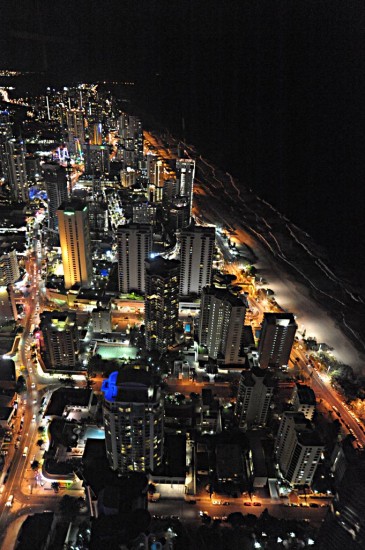
Photoshop is a great software package, but the secret to obtaining stunning images is to get everything right in the camera and after you have achieved that, then work on the image in Photoshop. Most of the work in getting a good image happens before the Photoshop stage. We have other articles on Workflow after capture.
Keep It All Clean
Keep your camera in good condition and keep it clean. Keeping your camera clean applies to the external parts of the camera and the internal parts. All the external lens surface need to be kept clean and most importantly, the lens glass surfaces. A large blower is very suitable for this. Take care when changing lenses. When removing a lens, hold the camera so that the lens opening faces downwards, use a blower to give a few puffs to clean any dust from inside the camera. Also many DSLR cameras now have self cleaning sensors, set the camera so that it will self clean on start up and shut down. Dust on the sensor is the bane of all photographers.
Shutter Speeds
I have done several previous articles on shutter speeds as follows:
As from the above articles there are many ways to obtain different effects with different shutter speeds. Extra care needs to be taken when using slow shutter speeds, see the article on Long Exposures and the use of tripods and monopods.
Camera vibration can also have a major effect on the ultimate sharpness of the image.
Aperture
Selecting the correct aperture can be critical to get the subject matter in the zone of focus. This is where selective focus can be used to make the main subject sharp but blur out the background.
Exposure
Correct exposure of the image determines whether the image is too dark or too light. If the exposure is not set correctly then the camera may not be able to cope with the dynamic range of the scene, if this happens some of the tonal information of the scene may not be captured by the camera.
ISO
The ISO setting of the camera will have a bearing on the quality of light captured by the camera. Some cameras will have an Auto ISO setting so that the camera will automatically set the ISO depending on the lighting available. Higher ISO settings will give more noise in the image, so use a low ISO setting as possible.
Color Temperature
Different light sources will create color casts in the image and the color temperature setting or white balance setting in the camera settings may need to be adjusted to suit the light source illuminating the scene. In most case this can be set to Auto.
Differential Focus
As discussed above, different aperture settings can allow the photographer to focus specifically on a certain part of the scene and throw other parts of the scene out of focus.
Framing
It is best to frame the image precisely, as cropping after the exposure is taken will cause a loss of resolution in the image and give a lesser quality image.

It was taken from the observation deck of the Q1 building.